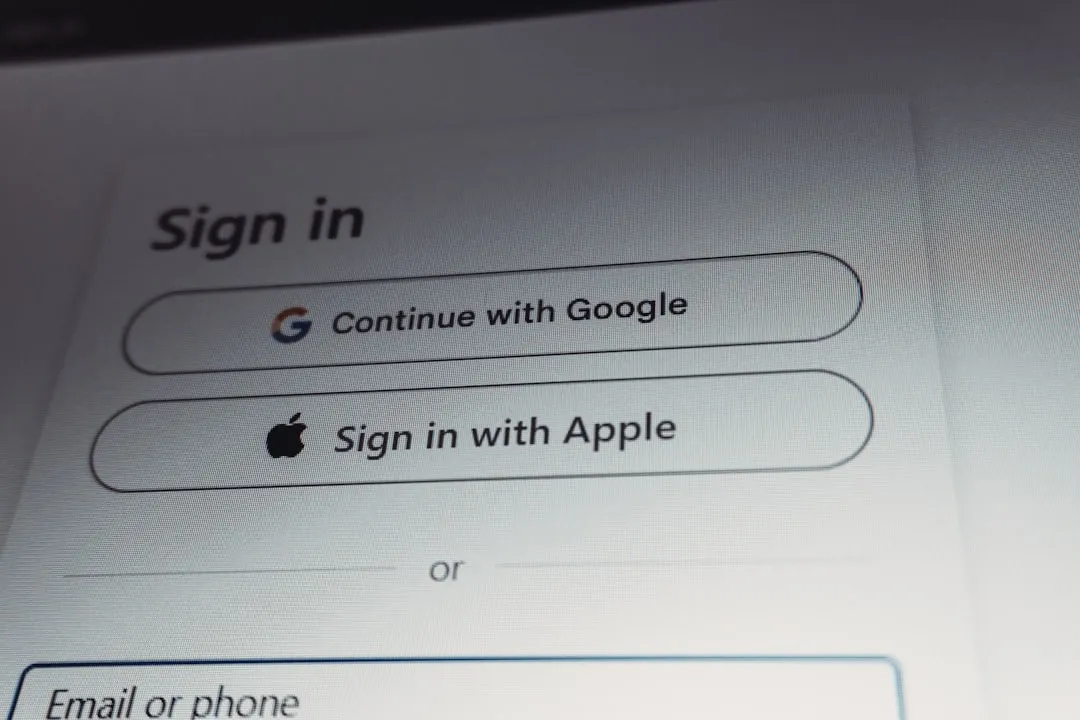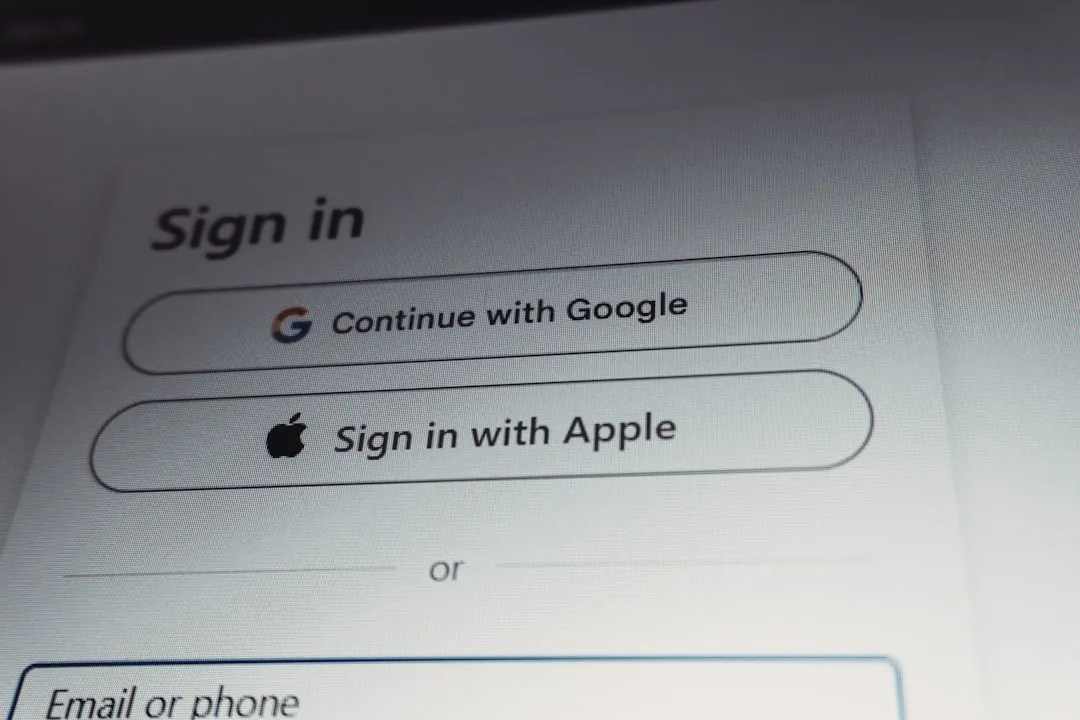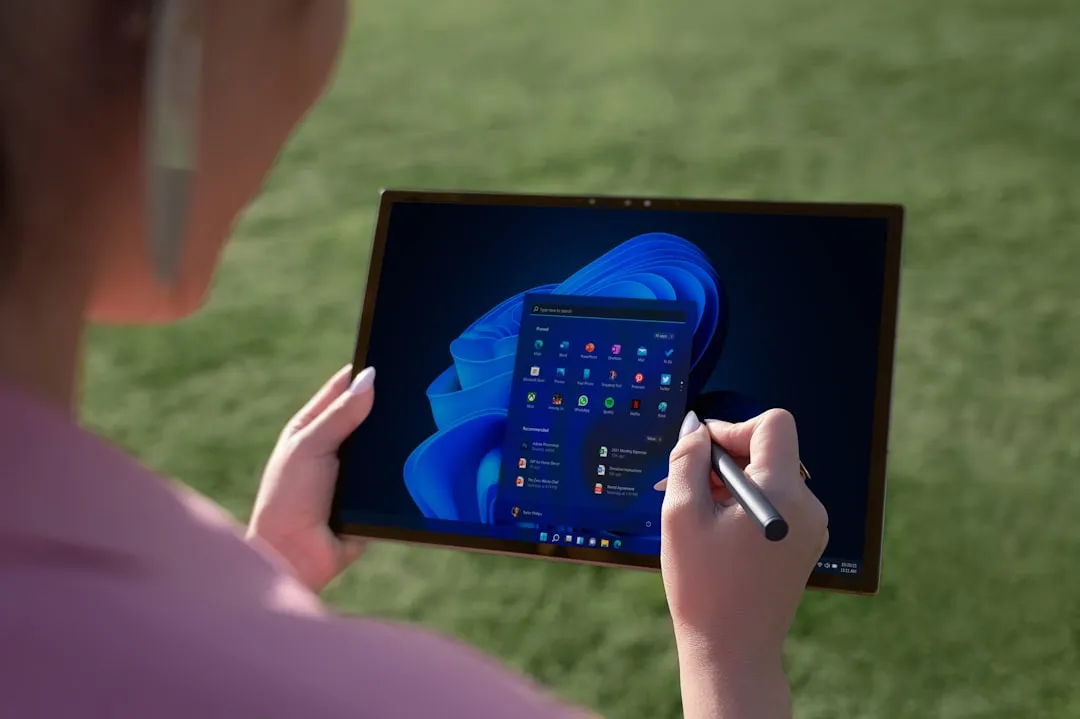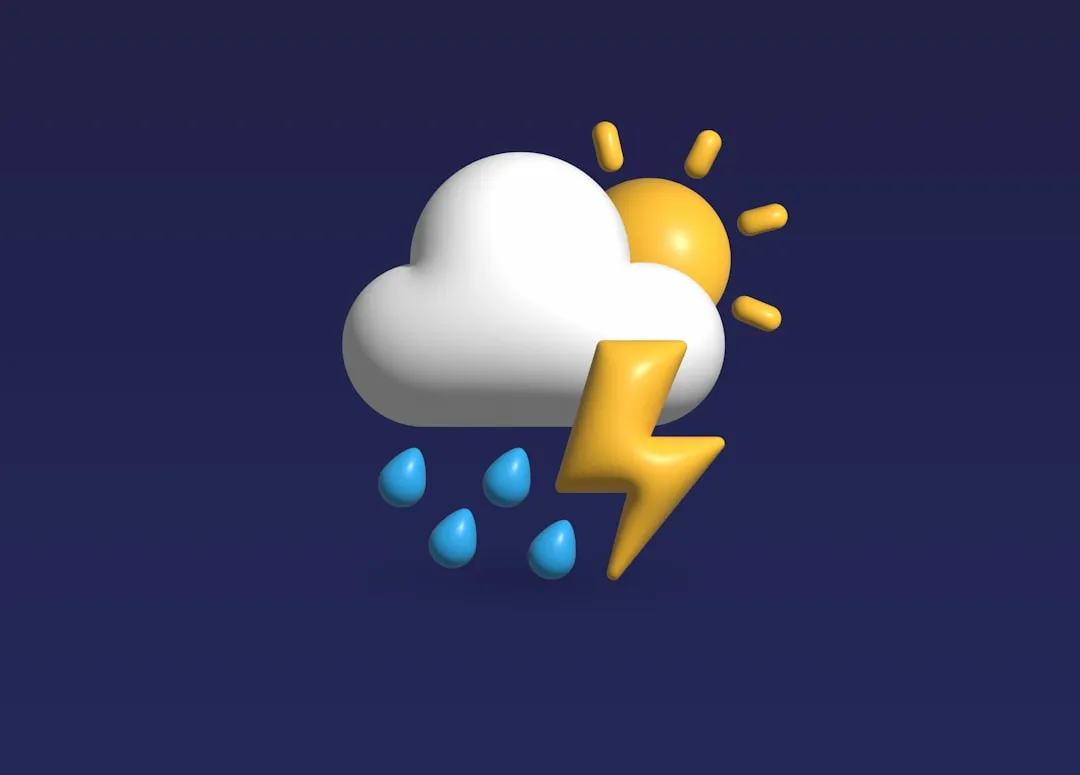Google Chrome is finally catching up to what every other browser figured out years ago. The world's most popular browser is currently testing vertical tabs in its experimental Canary build, according to multiple sources. This development represents Google finally responding to years of user frustration and competitive pressure—while Edge, Firefox, and Vivaldi have offered this productivity-boosting feature for years, Chrome users have been stuck with cramped horizontal tabs that become unusable with more than a handful of pages open. Development work on this feature has been ongoing since at least July, as reported by Android Police, suggesting Google is serious about bringing this long-requested functionality to its massive user base.
What's actually happening in Chrome Canary right now
The vertical tabs feature is currently live in Chrome's bleeding-edge Canary build, giving developers and power users their first taste of what should have been standard years ago. Right-clicking on the traditional horizontal tab bar now reveals a new "Show tabs on side" option, according to testing reports. When activated, this moves all your tabs into a dedicated sidebar on the left side of the browser window, displaying them in a clean vertical stack with full page titles visible—no more squinting at truncated text or guessing which favicon belongs to which site.
The implementation feels surprisingly polished for an experimental feature. Users can search through their tabs using the dedicated Tab Search button at the top of the sidebar, organize them into groups with familiar color-coding, and create new ones without missing a beat, as detailed by Mashable. The sidebar is also collapsible via a dedicated button, letting you maximize screen real estate when needed while keeping the organizational benefits intact. Switching back to horizontal tabs is just as simple—right-click within the sidebar and select "Show tabs at the top," according to Android Police.
PRO TIP: The Tab Groups functionality and plus button for adding new tabs sit at the bottom of the vertical sidebar, maintaining Chrome's familiar workflow while giving you exponentially better tab visibility. Considering how complete this implementation feels compared to typical Canary experiments, it's looking more like when—not if—this feature will hit stable releases.
Why Chrome took so long to join the party (and why it matters now)
Here's what's been driving Chrome users absolutely crazy: vertical tabs have been available in practically every other browser for years. Microsoft Edge launched its vertical tab sidebar back in March 2021, according to Windows Forum, while Firefox users have had access through extensions that became so popular Mozilla considered native integration, as noted by Phandroid. Vivaldi shipped with vertical tabs as a core feature from day one, making Chrome's delay even more glaring for productivity-focused users.
Google's hesitation likely stemmed from its minimalist design philosophy and concerns about maintaining performance across its massive user base. Chrome represents about two-thirds of the desktop browser market worldwide, according to Find Articles, meaning any UI change risks alienating millions of casual users comfortable with the status quo. The company has also been laser-focused on AI-powered tools and machine learning features—impressive tech that doesn't solve the basic workflow problem of managing dozens of open tabs.
But user pressure finally reached a tipping point. The development was driven by mounting complaints and the broad adoption of vertical tabs among rivals, as reported by Windows Forum. Forums like Reddit's r/browsers have been buzzing about Chrome's lag behind competitors, according to Web Pro News, with many users actually switching browsers specifically for this single feature.
What makes Chrome's timing particularly interesting is that they briefly experimented with vertical tabs in 2010 through a Labs feature called 'Side Tabs,' as noted by Windows Forum. The difference now? Remote work has normalized complex browser sessions, and widescreen monitors have become standard—making vertical space utilization a genuine productivity requirement rather than a nice-to-have.
The productivity benefits that actually matter
Let's break down why vertical tabs solve real workflow problems, not just aesthetic preferences. Traditional horizontal tabs become practically useless once you have more than six or seven open—page titles get truncated so severely that you're left identifying tabs by tiny favicons alone, creating genuine cognitive overhead. A vertical layout solves this fundamental problem by displaying full page titles and scaling with your monitor's height rather than fighting for horizontal space, as explained by Find Articles.
The science backs this up: usability research, including Nielsen Norman Group's work on F-pattern scanning, has long shown that vertical lists are easier to scan than horizontally compressed layouts, according to Find Articles. This isn't just about aesthetics—it's about reducing the mental energy required to navigate your browser session. Vertical tabs eliminate the guesswork and tab-hover delays that interrupt focus during research-heavy tasks.
Here's where it gets strategic: the feature integrates seamlessly with Chrome's existing organizational tools like tab groups with color labels, pinned tabs, and session management, as noted by Find Articles. Users won't lose the workflow optimizations they've already built—they'll just get a more efficient interface for managing them. For anyone working with high-resolution widescreen monitors, this is especially valuable since you can dedicate that abundant horizontal space to actual content while using vertical height (which modern displays have plenty of) for navigation.
Real-world scenario: Imagine managing a research project with 15-20 tabs across multiple Google Docs, reference articles, and data sources. With horizontal tabs, you're constantly hunting and clicking the wrong pages. With vertical tabs, you can see "Q3 Sales Analysis," "Customer Feedback Summary," and "Market Research - Competitors" at a glance, dramatically reducing navigation friction.
What to expect when it goes mainstream
Early feedback from Chrome Canary testers has been overwhelmingly positive, particularly from developers and heavy multitaskers who've been cobbling together extension-based workarounds for years, according to Phandroid. The polished nature of the current implementation—complete with proper keyboard navigation and seamless switching between layouts—suggests this isn't just an experimental feature that might get scrapped, as reported by Android Police.
Google's native implementation promises significant advantages over the third-party extensions that Chrome users have reluctantly relied on, according to Phandroid. Development commits in the Chromium project show active work on proper UI skeleton integration and dedicated feature flags, indicating the company is building this directly into Chrome's core rather than as an afterthought that could break with updates.
The rollout will likely follow Google's standard playbook: gradual testing in Canary, then expansion to Dev and Beta channels as they track adoption patterns and usage data. Chrome will probably monitor whether users have vertical tabs enabled to understand real-world usage patterns and refine the experience based on actual behavior rather than assumptions.
More importantly for the broader ecosystem, this development might encourage extension developers to innovate around sidebar integrations, potentially fostering a richer productivity tool landscape, as suggested by Web Pro News. When vertical tabs hit stable releases, they'll likely arrive with keyboard shortcuts, sync support across devices, and advanced organizational tools that match or exceed what competitors currently offer.
Finally catching up (and what this means for browser competition)
Bottom line: Chrome's vertical tabs represent Google finally acknowledging a fundamental user need while competitors have been refining the experience for years. The current Canary implementation includes the essential functionality—tab search, grouping, collapsible sidebar, and seamless layout switching—though it still needs refinement to match the depth of features found in Edge or Vivaldi, according to How-To Geek.
This development could significantly impact browser market dynamics by removing one of the primary reasons users migrate to alternative browsers, as noted by Windows Forum. But more importantly for everyday users, it means the world's most popular browser is finally addressing a genuine productivity pain point that affects anyone managing complex research, development, or content creation workflows.
The timing makes perfect strategic sense. Remote work has permanently changed how people interact with browsers, with tab management becoming a daily friction point rather than an edge case. Chrome's competitors have established vertical tabs as table stakes, complete with features like thumbnail previews, advanced grouping, and customizable layouts. Google had to respond or risk looking increasingly outdated to power users who drive browser recommendations in their organizations.
What's particularly encouraging is that Chrome isn't just copying competitors—they're integrating vertical tabs with their existing strengths like intelligent tab grouping and cross-device sync. This suggests the final implementation could actually leapfrog current alternatives rather than just matching them.
If you're eager to try vertical tabs now, you can download Chrome Canary and access the feature through the right-click menu on your tab bar, according to Web Pro News. Just remember this is bleeding-edge software that might have rough edges and occasional crashes—but for heavy tab users who've been waiting years for this functionality, it might be worth the occasional instability to finally get the workflow improvement that should have been standard long ago.






















Comments
Be the first, drop a comment!